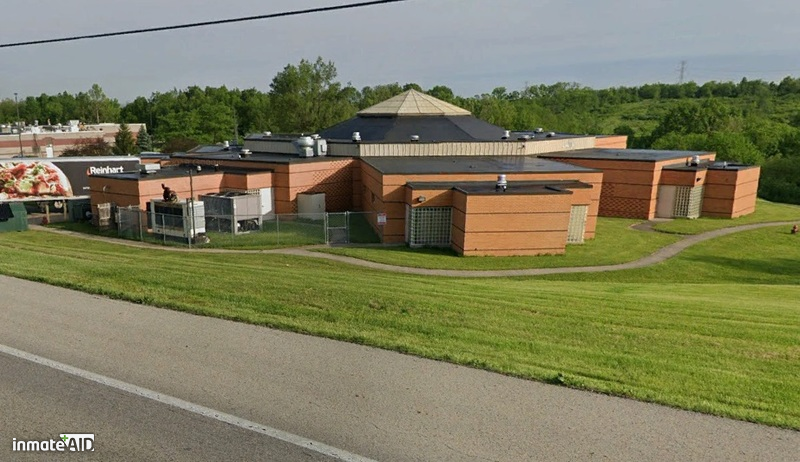Thank you for trying AMP!
You got lucky! We have no ad to show to you!
Connect with an Inmate
Talbert House at Turtle Creek Center
Reentry & Treatment Facility
Turtle Creek Center is for Reentry & Treatment Facility offenders have not been sentenced yet and are detained here until their case is heard.
All prisons and jails have Security or Custody levels depending on the inmate’s classification, sentence, and criminal history. Please review the rules and regulations for Minimum facility.
The phone carrier is Global Tel Link (GTL) - ConnectNetwork, to see their rates and best-calling plans for your inmate to call you.
If you are unsure of your inmate's location, you can search and locate your inmate by typing in their last name, first name or first initial, and/or the offender ID number to get their accurate information immediately Registered Offenders
You can support your loved ones at Turtle Creek Center on InmateAid, if you have any immediate questions contact the facility directly at 513-932-1952.
The Talbert House at Turtle Creek Center located at 5232 OH 63 Lebanon, OH, focuses on successful offender reintegration into society, crucial for effective crime control. With high recidivism rates, evidence-based practices tailor programs for medium to high-risk individuals, reducing repeat offenses. Reentry and Treatment Centers offer structured environments and various programs aiding rehabilitation and community reconnection efforts. Collaborating with the Warren Sheriff's Department, the Ohio Department of Corrections, and sometimes the US Marshal Service/Federal Bureau of Prisons, comprehensive reentry services prioritize education, substance abuse treatment, and workforce development. Facilities assist officers in monitoring compliance and serve as alternatives to pretrial detention, considering cost-effectiveness and reducing overcrowding. Emphasizing individual needs, family support, and community integration, the center aims for holistic support, empowering successful reintegration.
Talbert House is empowering children, adults and families to live healthy, safe and productive lives. The agency's network of services focuses on prevention, assessment, treatment and reintegration. Services are provided at multiple sites throughout Southwest Ohio. The organization has a culture of innovation that thrives on the creation of new services to meet the complex needs of clients, their families and the community while maintaining effectiveness, excellence and professionalism. Talbert House values an integrated system of high-quality care focused on best practices, easy access to services and providing a full range of services in a cost-effective and efficient manner.
Halfway houses are community corrections programs for federal, state and county offenders that offer assessment, treatment and reintegration for adult male and female offenders in a residential setting. Services include case management, substance use disorder treatment, mental health treatment, criminality/behavior modification, restitution and child support, frequent and random drug testing, education, employment readiness, verified and monitored community employment, and a variety of supportive activities.
These programs serving Southwest Ohio are known as: Cornerstone, Pathways, Serenity Hall, Spring Grove, and Turtle Creek Center.
- The Turtle Creek Center is committed to helping individuals make a positive reentry into their home communities. To better prepare the individual, requirements have been established holding the clients accountable and responsible with the lowest level of intervention from staff. We are here to facilitate growth and to develop independence not dependency. To facilitate this vision, we offer individualized services based on best practices policy.
- Cognitive Behavioral modality
- ODADAS certified to provide Outpatient Substance Disorders Services
- Abstinence based program
- Tracking system to individualize services
- Assessment driven placement in the program
- Responsivity to enhance client success
- The expectation of accountability and responsibility of thoughts and behaviors
- Expectations of securing and maintaining employment
- Expectations of individual financial responsibility
- Expectations of an appropriate level of respect for self and others
The Turtle Creek Center is committed to the philosophy of reintegration of individuals back into their home communities. Our program is designed to enhance personal growth and recovery and to improve social behaviors thus, making the transition back into the community a positive experience and a lifelong commitment.









